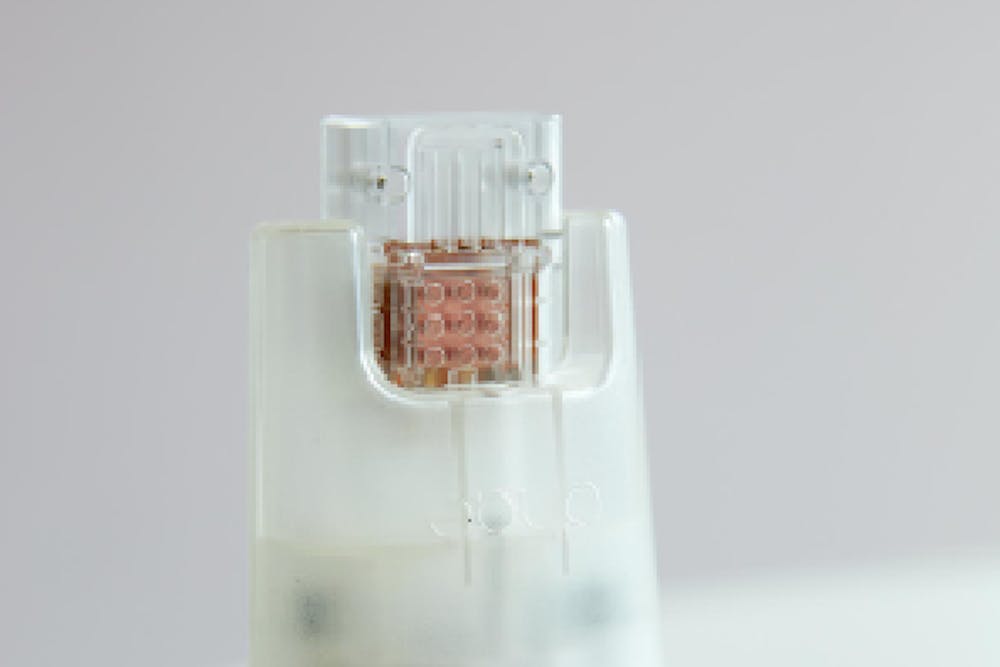Scientists at the Imperial College London and DNA Electronics, a U.K. biotech firm, have developed a new device that could change the way doctors and patients monitor HIV levels in the bloodstream.
Using a drop of blood, a disposable device registers the amount of virus present through a change in acidity. A mobile phone chip within the device then converts this pH change into an electrical signal, which can be read by a computer once the device is plugged in. This test can yield accurate virus level readings in under 30 minutes according to research published in Scientific Reports.
Monitoring HIV levels is a crucial part of HIV treatment. Currently, patients must send blood samples to a laboratory and wait for results in order to determine virus levels in their bloodstreams. This process can take at least three days. In remote areas with high incidences of HIV and limited infrastructure, such as areas in Sub-Saharan Africa, patients may not have access to such services, impairing doctors’ abilities to properly adjust and administer treatments.
Monitoring virus levels is especially crucial for patients with HIV since the virus can develop a resistance to drugs used during treatment, rendering the drugs ineffective.
In particular, patients taking antiretroviral drugs, which diminish viral levels in the blood to almost zero, need a reliable method of monitoring virus levels to determine whether the medication is effective. If the antiretroviral treatment was effective initially but the HIV virus developed a resistance to it, virus levels in the bloodstream would increase. In this case, doctors would change the patient’s medication in hopes of reducing HIV levels again. Therefore, early detection of virus level changes is imperative to patients’ survival and health.
To test the efficacy of the new device, the researchers used 991 blood samples. According to the data, the device was able to determine HIV status with 95 percent accuracy. Also, the software that was used could measure and report a patient’s HIV levels in 20.8 minutes on average. The data could then be wirelessly sent to other devices, such as laptops or mobile phones.
The new handheld testing device makes testing more affordable, efficient and convenient for patients and doctors alike. By measuring virus levels electronically, patients can also help their doctors monitor the effectiveness of the medication remotely. Doctors could also use these results to determine whether patients are following their treatment regimen.
Researchers hope the technology used to develop the device can help doctors more easily detect other viruses like hepatitis in patients’ blood. Currently, the Imperial College London and DNA Electronics are attempting to use the same technology to detect bacterial and fungal sepsis as well as antibiotic resistance.
In the future, disease testing could be as simple as sticking a USB with a drop of blood into your computer to yield results almost instantaneously in the same way diabetic patients monitor blood sugar levels.
Doctors hope that the advancement of technologies such as this device will lead to more effective treatment adjustments and monitoring for patients, as well as greater accessibility to testing for patients in remote areas.
“This is a great example of how this new analysis technology has the potential to transform how patients with HIV are treated by providing a fast, accurate and portable solution,” Chris Toumazou, DNA Electronics’s founder, said in a press release. “At [DNA Electronics] we are already applying this highly adaptable technology to address significant global threats to health, where treatment is time-critical and needs to be right [the] first time.”





